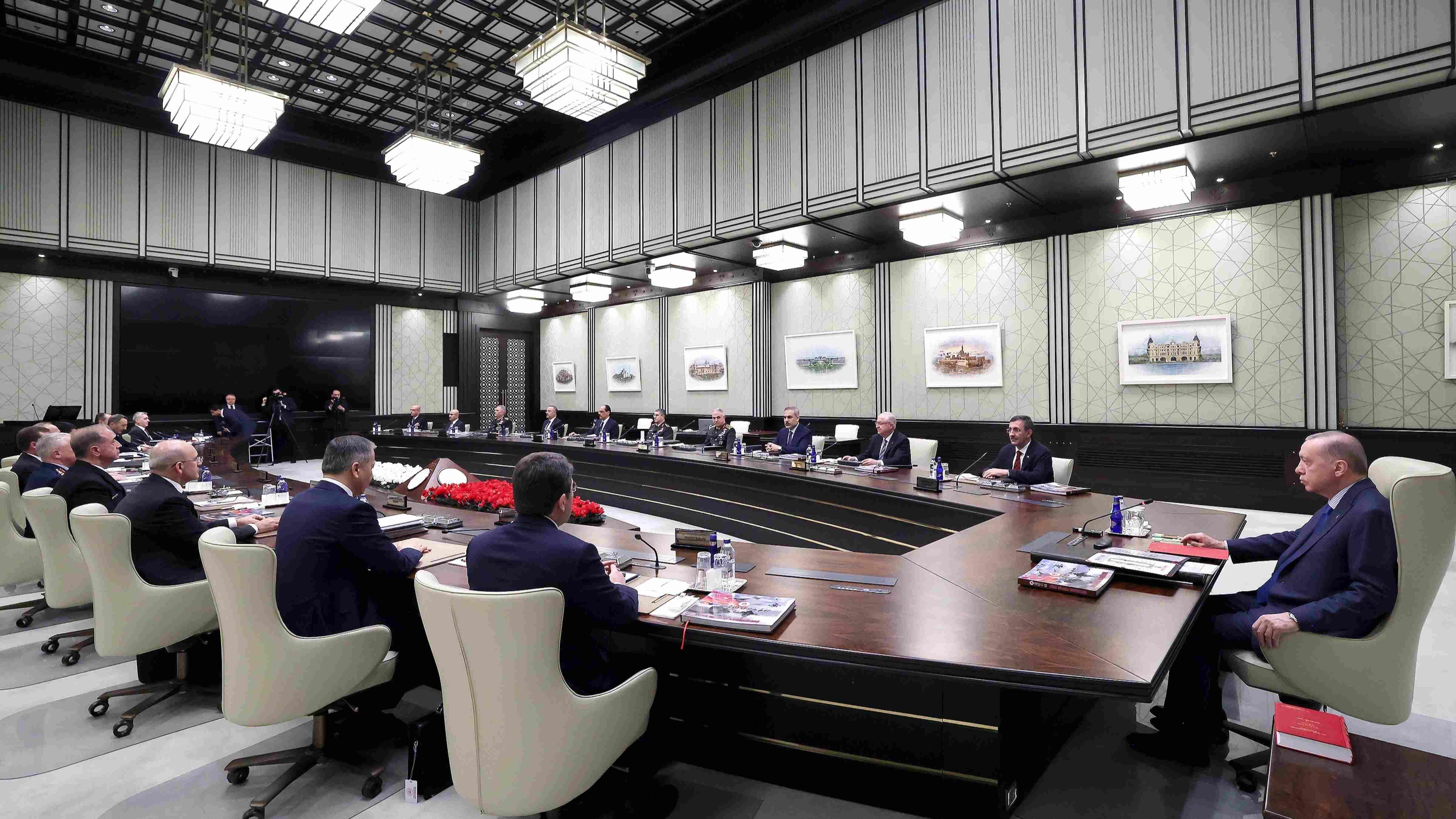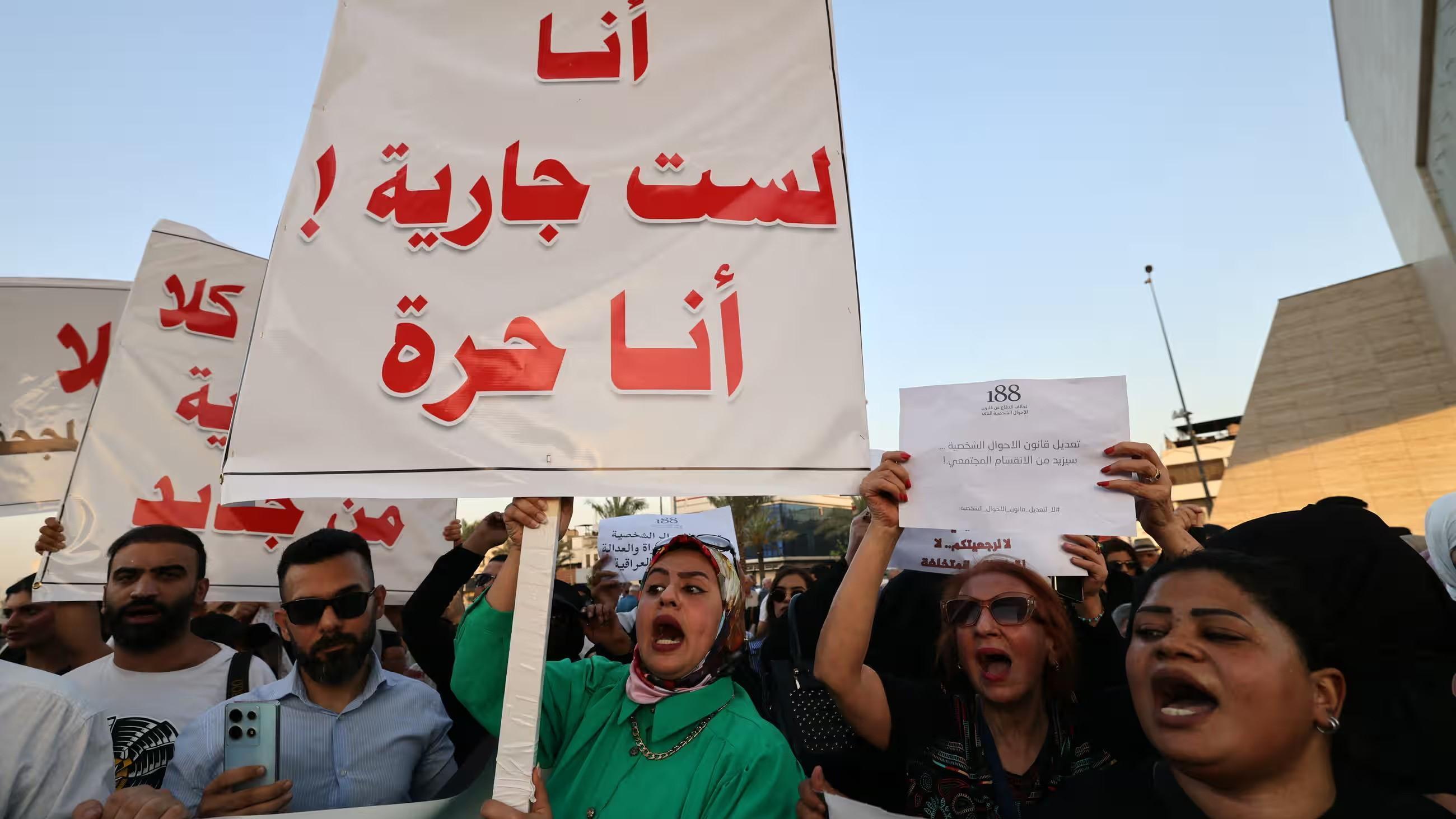Laodicea’s western theater to open soon
DENİZLİ

A theater predating many civilizations in the western province of Denizli will soon start receiving visitors after excavation and restoration works are done.
The 2,200-year-old theater in ancient city of Laodicea dates back to the Hellenstic era.
Work have been continuing in Laodicea, which has one of the seven churches mentioned in the Bible and is listed on the UNESCO World Heritage Tentative List, since 2003 under the leadership of the head of Pamukkale University Department of Archaeology, Professor Celal Şimşek.
So far many important structures such as a church, temple and sacred agora have been unearthed in the ancient settlement.
The streets named “Syria” and “Stadium” have been revived with their columns, too, in the ancient city.
Speaking to the state-run Anadolu Agency, Şimşek said that Laodicea was one of the largest ancient cities in Anatolia in the third century B.C., when it was first built. According to Şimşek, Laodicea also had the largest Anatolian stadium at the time along with two theaters in both the northern and western part of the ancient city.
“This is a magnificent city with a grid street plan,” he said.
Work has been instigated to excavate and restore the Hellenistic-era theater in the west and, according to Şimşek, the theater’s seating areas are expected to be restored in two years.
“In a city with two theaters, it is very important to have one of them completely revived,” he said.
The stage part of the Hellenistic theater has a gallery system decorated with reliefs and a column with sculptures placed between them. The other theater in the north is from the Roman era.
Şimşek said that, like in many ancient cities, there was a combined ticket system there, and that in the steps of both theaters, they had found the seating areas and the numbering scheme for the city’s notable families.
The lower part of the caveae — the seating sections of Roman theaters and amphitheaters — was made of marble and the upper part was made of travertines. Some 70 percent of the theater materials still exists and the rest will be completed with the proper materials, according to Şimşek.
“I believe that the ancient city will be more important for tourism in Denizli and the country, when we completely revive the theater with a restoration technique in the world standards. The use of this Hellenistic theater in cultural activities to be held in our city will increase the recognition of the ancient city,” he said.
The theater, which received great damage during earthquakes throughout the centuries, has a capacity of 15,000 people.
In 2016 the restoration and conservation of the Laodicea Church was granted one of the 14 Special Mentions of the European Union Prize for Cultural Heritage/Europa Nostra Awards.
















